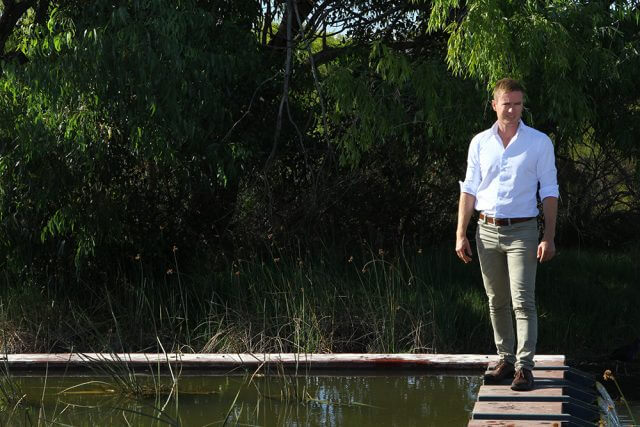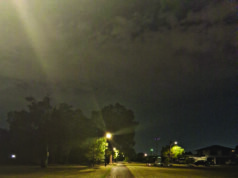A new performance report has shown the man-made Wharf Street Wetland in Cannington has significantly reduced nutrients and other pollutants entering the Canning River.
Environment Minister Albert Jacob said a recent assessment by the University of Western Australia found that between 2009 and 2014 the wetland had reduced nitrogen by 65 per cent and phosphorus by 45 per cent in stormwater that passed through the system and into the Canning River.
Over five years this equated to about 1658 kilograms of nitrogen and 129 kilograms of phosphorus removed from the river system.
Mr Jacob said the Wharf Street Wetland was built in 2008 to filter stormwater and improve river water quality and had proved successful.
“Rigorous monitoring and evaluation over five years has shown the wetland to be a valuable site for showing what can be achieved in improving environmental, recreational and social outcomes through drainage modification,” he said.
“This project is an excellent example of the outcomes possible with partnerships between state and local government and community-based natural resource management groups.”
Mr Jacob said nutrient stripping wetlands were important tools in cutting the flow of nutrients into the Swan and Canning rivers.

UWA had also assessed the treatment of storm waste through Anvil Way living stream in Welshpool and found it could also be effective at removing nutrients from water flowing into the Mills Street main drain.
The Wharf Street Wetland project is a partnership between the Department of Parks and Wildlife, City of Canning and South East Regional Centre for Urban Landcare.
The project also recently won a stormwater industry association award for excellence in research and innovation.
The reports are available at watersensitivecities.org.au/publications/technical-reports/.














